Choosing The Right Hydroponic Nutrients For Your Plants
I get commissions for purchases made through links in this post. View our Affiliate Disclaimer.
Hydroponic gardening has gained significant popularity in recent years due to its efficiency, sustainability, and ability to produce high-quality crops. However, the success of a hydroponic system heavily relies on the selection of the right nutrients for the plants.
Hydroponic nutrients are the lifeblood of your hydroponics system and will determine the success or failure of your crop. The nutrient solution must provide the right formulation balance for the crop you are growing and must be a quality product. Correct feeding schedules are also crucial.
This article aims to provide a comprehensive guide on choosing the appropriate hydroponic nutrients for your plants, taking into consideration their nutritional needs. We also consider the nutrient formulations, quality, and purity, as well as the importance of following feeding schedules and monitoring for adjustments.
How To Choose The Right Hydroponic Nutrients
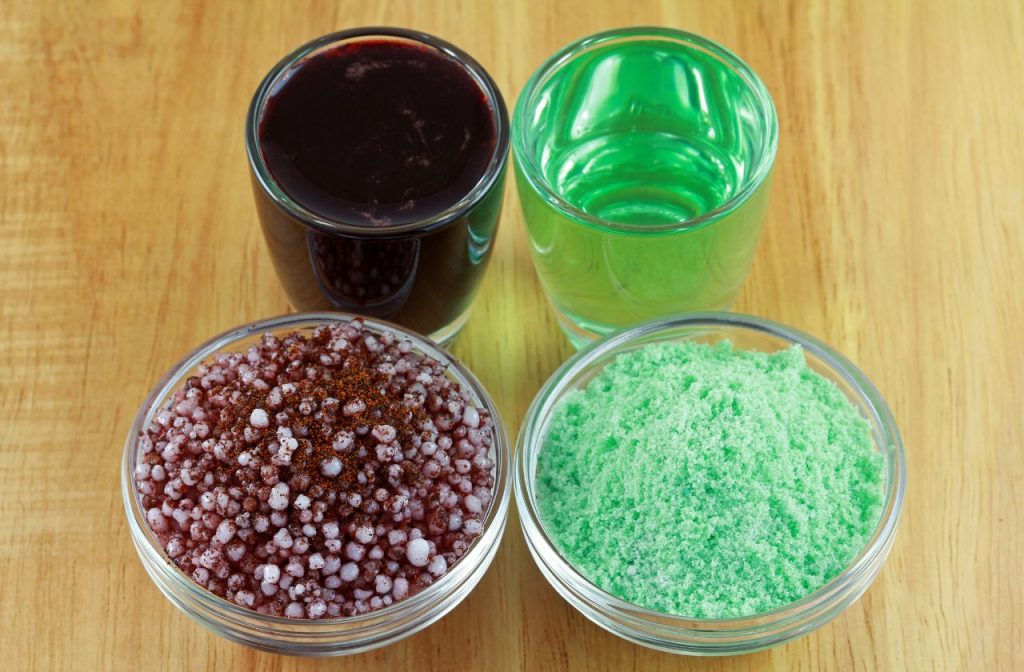
Understanding the nutritional needs of your plants is the first step in ensuring their optimal growth and development in a hydroponic system. Different plants require varying levels of macronutrients, such as nitrogen, phosphorus, and potassium, and micronutrients, such as iron, manganese, and zinc, for their physiological processes.
By identifying the specific requirements of your plants, you can select the hydroponic nutrients that provide the necessary elements in the correct proportions.
Additionally, considering the nutrient formulations available in the market is crucial. These formulations come in different ratios and concentrations, tailored to meet the specific needs of various plants at different growth stages.
Therefore, it is essential to choose a formulation that matches the specific requirements of your plants to ensure optimal nutrient uptake and utilization.
Understand Your Plants’ Nutritional Needs
Understanding the nutritional requirements of plants is crucial in order to provide them with the necessary elements for optimal growth and productivity, ensuring their health and vitality.
Identifying nutrient deficiencies in plants is essential for maintaining their overall well-being. By understanding the symptoms of various nutrient deficiencies, growers can take appropriate measures to provide the required nutrients.
For instance, yellowing of leaves, stunted growth, and poor fruit development can indicate a deficiency in nitrogen, while pale or yellow leaves with green veins may suggest an iron deficiency. By closely observing the plants and identifying these deficiencies, growers can take steps to rectify the issue and optimize nutrient uptake.
To optimize nutrient uptake, it is important to understand the different ways plants absorb nutrients. Plants primarily obtain nutrients through their roots, either through direct contact with soil or through hydroponic systems. The roots have tiny hair-like structures called root hairs that increase the surface area and facilitate nutrient absorption.
Nutrients can be taken up by plants in two forms: as ions dissolved in water or as complex organic compounds. The pH level of the growing medium plays a crucial role in nutrient availability.
Different nutrients are more readily available to plants at specific pH ranges. For example, iron is most easily absorbed by plants at a slightly acidic pH, while phosphorus is more available at a neutral to slightly alkaline pH.
Therefore, maintaining the pH of the growing medium within the appropriate range is crucial to optimize nutrient uptake and ensure that plants receive the required elements for their growth and development.
By understanding the nutritional needs of plants and identifying nutrient deficiencies, growers can provide the necessary elements for optimal growth and productivity.
Optimizing nutrient uptake through proper pH management further enhances plant health and vitality. This knowledge allows growers to create an environment that meets the specific nutritional requirements of their plants, resulting in healthy and thriving crops.
Consider Nutrient Formulations
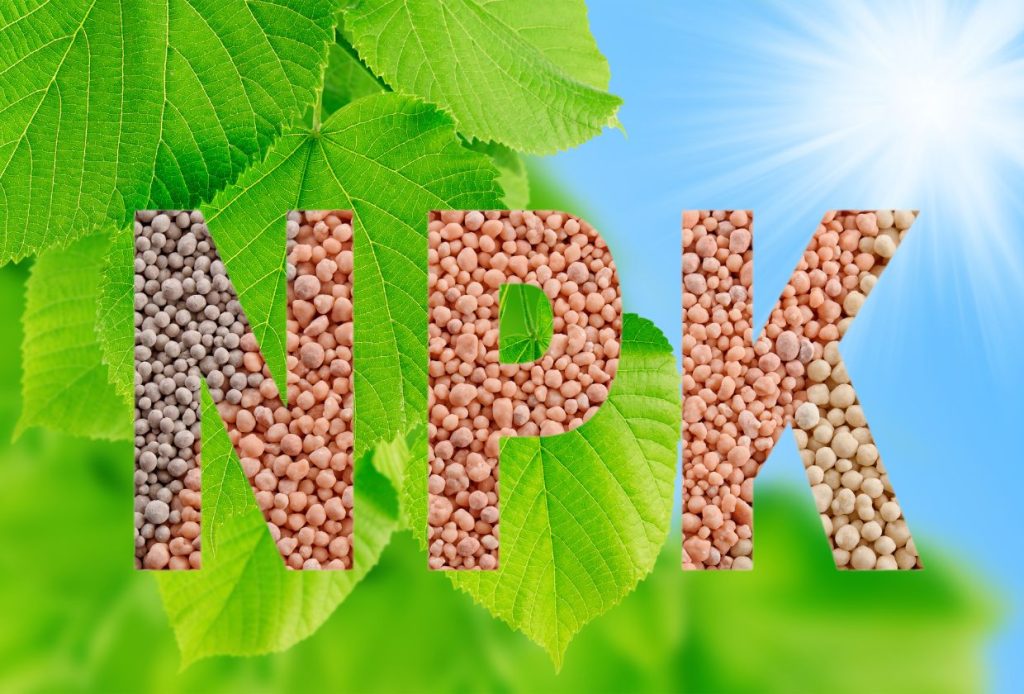
One important factor to consider when selecting hydroponic nutrient formulations is the composition and concentration of essential elements. Nutrient deficiencies can significantly impact plant growth and productivity in hydroponic systems.
Therefore, it is crucial to understand the specific nutritional needs of your plants and choose a nutrient formulation that provides the necessary elements in the right balance.
To ensure optimal nutrient absorption and prevent deficiencies, hydroponic growers often use a combination of macronutrients and micronutrients. Macronutrients, such as nitrogen (N), phosphorus (P), and potassium (K), are required in larger quantities and play a vital role in plant growth.
Micronutrients, including iron (Fe), manganese (Mn), and zinc (Zn), are needed in smaller amounts but are equally important for various physiological processes. The table below provides a breakdown of the essential elements and their functions in plants:
| Essential Element | Function |
| Nitrogen (N) | Aids in leaf and stem growth, protein synthesis |
| Phosphorus (P) | Promotes root development, energy transfer |
| Potassium (K) | Enhances flower and fruit development, water regulation |
| Iron (Fe) | Required for chlorophyll synthesis, enzyme activation |
| Manganese (Mn) | Assists in photosynthesis, enzyme activation |
| Zinc (Zn) | Essential for enzyme function, hormone regulation |
By considering the nutrient formulations and ensuring the proper balance of essential elements, hydroponic growers can minimize the risk of nutrient deficiencies and support healthy plant growth.
This attention to detail in nutrient management not only ensures optimum plant health but also contributes to the overall success and productivity of the hydroponic system.
Check For Nutrient Quality And Purity
To ensure the effectiveness of a hydroponic system, it is essential to thoroughly evaluate the quality and purity of the nutrient solution. Hydroponic nutrient testing plays a crucial role in maintaining the health and productivity of plants.
Nutrient deficiency prevention is a key goal in hydroponic cultivation, and testing the nutrient solution ensures that plants receive the necessary elements for optimal growth.
Hydroponic nutrient testing involves analyzing the concentration and composition of the nutrient solution. This process allows growers to identify any imbalances or deficiencies in essential elements such as nitrogen, phosphorus, potassium, and trace minerals.
By regularly testing the nutrient solution, growers can adjust the nutrient formula to meet the specific needs of their plants, preventing nutrient deficiencies and promoting healthy growth. Additionally, testing for nutrient quality and purity helps ensure that the solution does not contain any harmful contaminants or impurities that could negatively affect plant health.
Hydroponic nutrient testing is a vital component of successful hydroponic cultivation. It allows growers to prevent nutrient deficiencies and optimize the nutrient solution for their plants’ specific requirements. By regularly evaluating the quality and purity of the nutrient solution, growers can ensure the health and productivity of their hydroponic crops.
Follow Nutrient Feeding Schedules
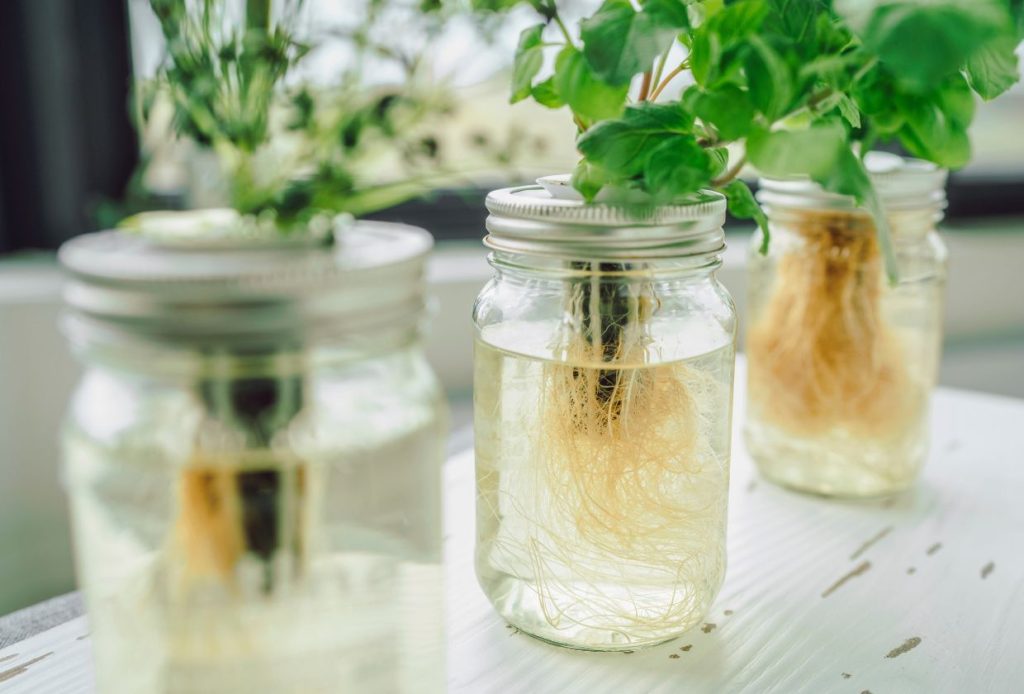
A crucial aspect of hydroponic gardening is following nutrient-feeding schedules that are tailored to the growth stages of your plants.
Developing a feeding schedule allows you to provide the right nutrients at the right time, maximizing the growth and yield of your plants.
Additionally, it is important to regularly monitor and adjust nutrient concentrations as needed to ensure optimal plant health and avoid nutrient deficiencies or toxicities.
By adhering to these practices, hydroponic gardeners can promote the healthy development and productivity of their plants.
Develop A Feeding Schedule Based On Your Plants’ Growth Stages
When developing a feeding schedule based on your plants’ growth stages, it is essential to consider the specific nutrient requirements of each stage in order to ensure optimal growth and development.
Different growth stages of plants require different nutrients to support their physiological processes. For example, during the vegetative stage, plants primarily require nitrogen (N), phosphorus (P), and potassium (K) for leaf and stem development. Deficiency in these nutrients can lead to stunted growth, yellowing of leaves, and overall poor plant health.
On the other hand, during the flowering and fruiting stage, plants have a higher demand for phosphorus (P) and potassium (K) to support the development of flowers and fruits. Lack of these nutrients can result in poor flower formation and reduced fruit quality and yield.
Therefore, it is crucial to adjust the nutrient composition and concentration in the feeding schedule according to the specific growth stage of the plants to provide them with the necessary nutrients for their physiological needs.
In addition to considering the specific nutrient requirements, it is also important to monitor and maintain the pH levels in hydroponics when developing a feeding schedule. pH is a measure of the acidity or alkalinity of a solution, and it plays a crucial role in nutrient availability to plants.
The optimal pH range for most hydroponic plants is between 5.5 and 6.5. When the pH deviates from this range, it can affect the solubility and uptake of essential nutrients, leading to nutrient deficiencies or toxicities. For instance, if the pH is too high (alkaline), certain nutrients like iron and manganese may become less available to the plants, resulting in deficiency symptoms such as yellowing of leaves.
Conversely, if the pH is too low (acidic), other nutrients like calcium and magnesium may become less available, leading to deficiencies and affecting plant growth.
Therefore, regular monitoring of pH levels and adjusting them as needed is important to maintain optimal nutrient availability and prevent nutrient-related issues in hydroponic systems.
Adjust Hydroponic Nutrient Concentrations As Needed
Adjusting nutrient concentrations as needed is crucial for maintaining optimal plant growth and preventing nutrient-related issues in hydroponic systems. Hydroponic plants rely solely on the nutrients provided in their growing solution, as they do not have access to soil minerals. Therefore, it is essential to carefully monitor the nutrient levels and adjust them accordingly to meet the specific needs of the plants.
One important aspect of adjusting nutrient concentrations is to consider the nutrient ratios. Different plants have varying nutrient requirements, and these ratios can affect their growth and development.
For example, nitrogen is essential for promoting vegetative growth, while phosphorus is important for root development and flowering. By adjusting the nutrient ratios, hydroponic growers can tailor the nutrient solution to meet the specific needs of their plants at different growth stages.
Another reason for adjusting nutrient concentrations is to address nutrient deficiency symptoms. Nutrient deficiencies can manifest in various ways, such as yellowing leaves, stunted growth, or poor fruit development.
By closely monitoring the plants and regularly testing the nutrient solution, growers can detect and address any deficiencies promptly. Adjusting the nutrient concentrations by increasing the specific deficient nutrient can help alleviate the symptoms and promote healthy plant growth.
However, it is important to note that excessive hydroponic nutrient concentrations can also cause toxicity issues, so it is crucial to strike a balance and provide only the necessary nutrients.
Adjusting nutrient concentrations in hydroponic systems is essential for maintaining optimal plant growth. By considering the nutrient ratios and addressing nutrient deficiencies, growers can ensure that their plants receive the necessary nutrients at different growth stages.
This practice promotes healthy plant development and prevents nutrient-related issues, ultimately leading to successful hydroponic cultivation.
Monitor And Adjust Your Hydroponic Nutrients
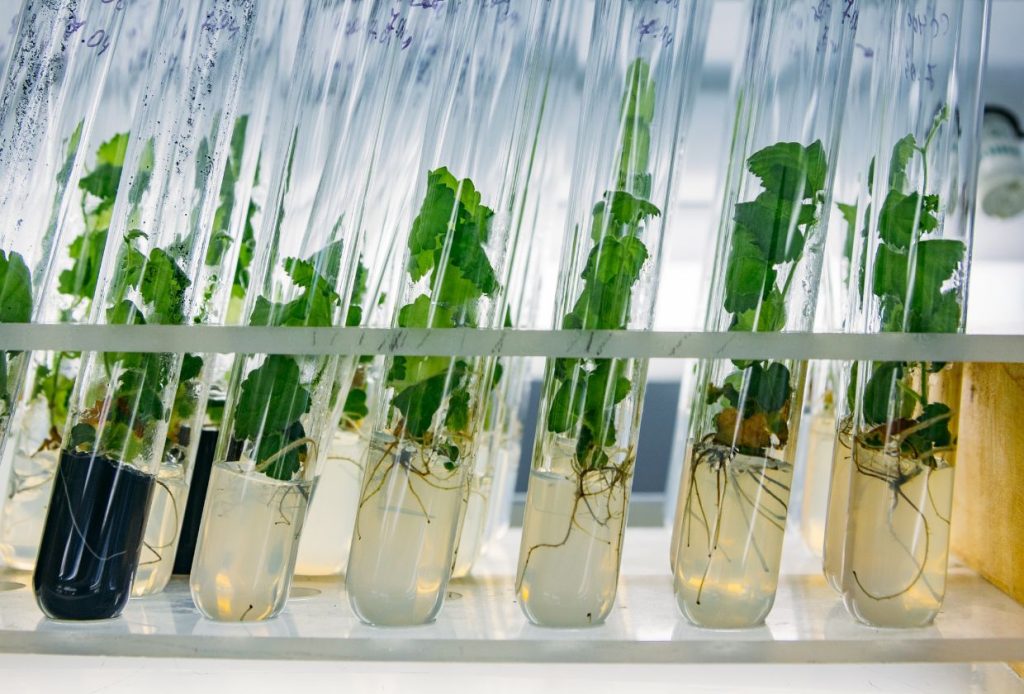
To ensure optimal growth and health of your hydroponic plants, it is crucial to consistently monitor and make necessary adjustments in order to provide them with the precise balance of nutrients they need. Monitoring techniques play a vital role in determining the nutrient requirements of your plants and identifying any imbalances or deficiencies.
Regularly checking the pH level of the nutrient solution is essential, as it affects the availability of nutrients to the plants. Most hydroponic plants thrive in a pH range between 5.5 and 6.5, so it is important to monitor and adjust the pH as needed using pH testing kits or meters.
Additionally, monitoring the electrical conductivity (EC) of the nutrient solution helps ensure that the concentration of nutrients is within the desired range.
EC meters measure the ability of the solution to conduct electricity, which is directly related to the concentration of dissolved salts, including nutrients. By regularly monitoring the EC, you can make adjustments to the nutrient solution to maintain the optimal nutrient concentration for your plants.
In addition to monitoring techniques, it is important to make necessary adjustments to the nutrient solution based on your plants specific needs. This involves understanding the nutrient requirements of different plant species and adjusting the nutrient concentrations accordingly.
Nitrogen, phosphorus, and potassium are the primary macronutrients that hydroponic plants require, but they also need secondary macronutrients, such as calcium, magnesium, and sulfur, as well as micronutrients like iron, manganese, and zinc.
By regularly testing the hydroponic nutrient solution and analyzing the nutrient levels, you can identify any deficiencies or excesses and adjust the nutrient concentrations.
This can be done by adding specific nutrient solutions or adjusting the pH and EC levels of the solution. By closely monitoring and making necessary adjustments to the nutrient concentrations, you can ensure that your hydroponic plants receive the precise balance of nutrients they need to thrive and achieve optimal growth and health.
Conclusion
Choosing the right hydroponic nutrients for plants is crucial for their optimal growth and development. It is essential to understand the specific nutritional needs of each plant species in order to provide them with the necessary elements for their health and productivity.
When selecting hydroponic nutrients, it is imperative to check for nutrient quality and purity. Using high-quality and pure nutrients ensures that plants receive the necessary elements without any impurities or contaminants that could hamper their growth.
By understanding the plants’ nutritional needs, considering nutrient formulations, checking for quality and purity, following feeding schedules, and monitoring and adjusting as necessary, one can make informed decisions when choosing hydroponic nutrients, leading to healthy and thriving plants.
Get more posts like this
Subscribe to our mailing list and get interesting homesteading and green living info and updates to your email inbox.
Thank you for subscribing.
Something went wrong.

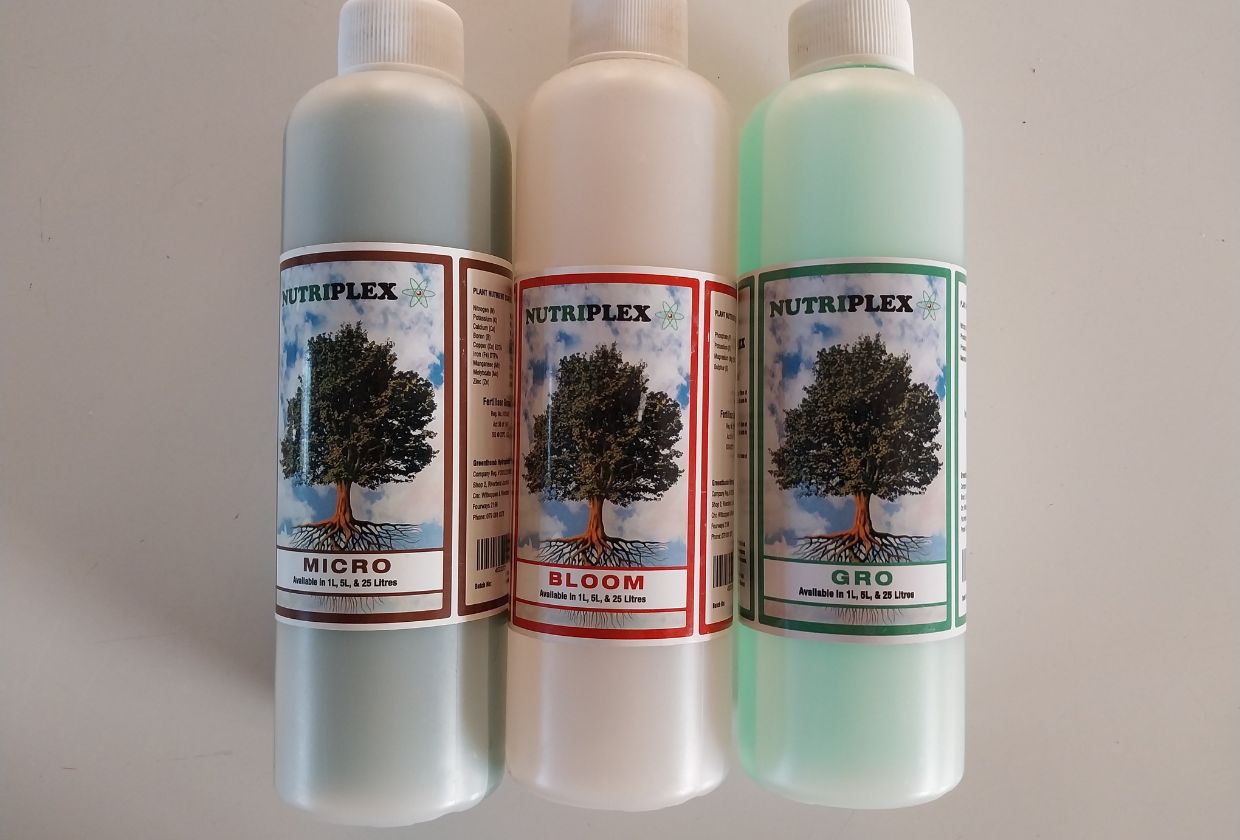
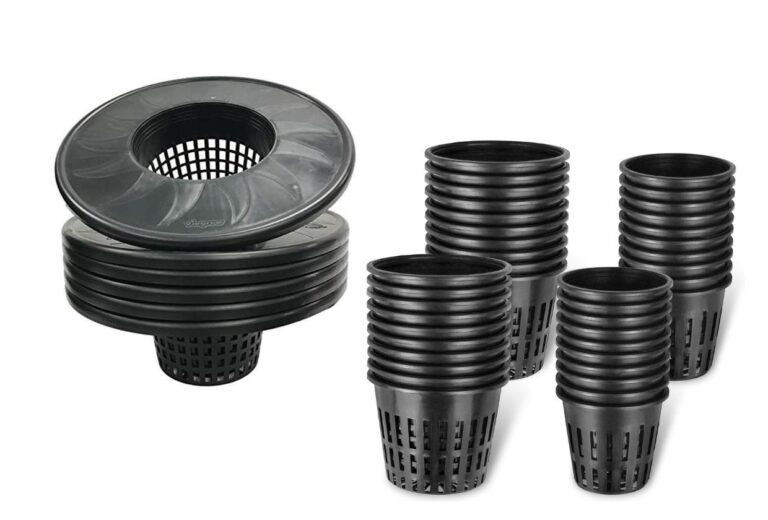

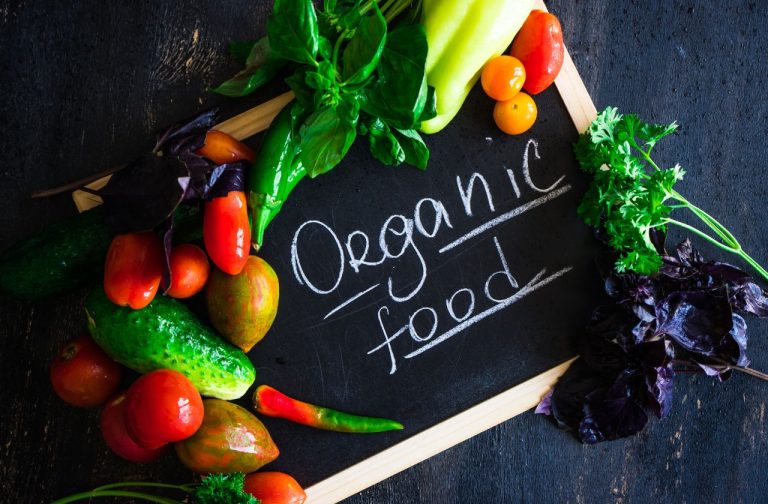
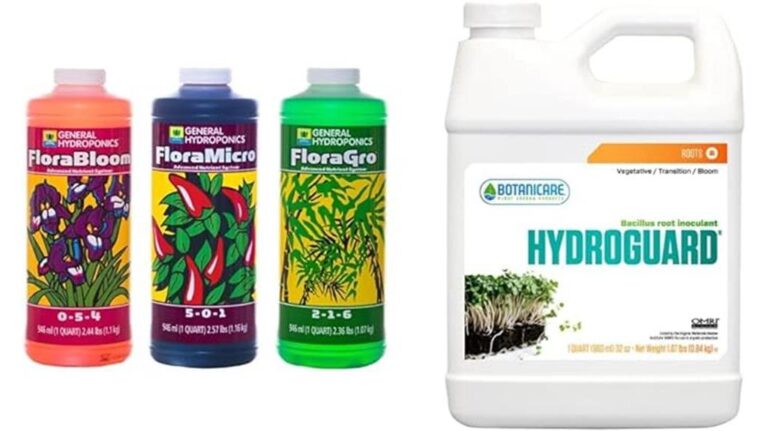


Brilliant article